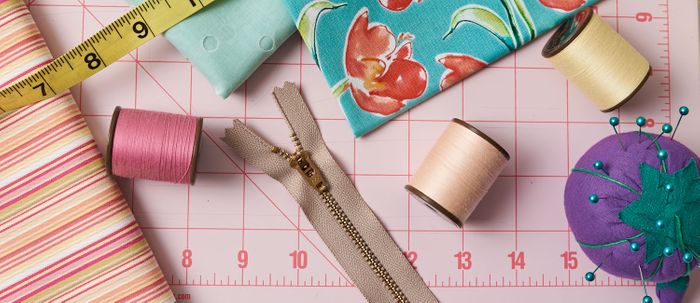
Louise Cutting, a Threads contributing editor, shares her professional knowledge about interfacing products. Much of her information comes from snoop-shopping in high-end ready-to-wear garments. Discover clever techniques for using fusible interfacing in a range of garment areas.
Interfacing plus underlining
Often, a jacket front is fully interfaced with a fusible product. This creates a crisp effect. Instead, learn from designer Giorgio Armani, and apply the interfacing to a cotton batiste underlining. The results are soft and sweaterlike.
Cuff and collar treatment
Standard garment pattern instructions say to interface a cuff’s facing, or the undercollar. Louise advocates fusing interfacing to the cuff or collar itself, on the “public side” of the element. You’ll have a smoother finish, and the seam allowances won’t show through.
Patch pockets
Most patterns instruct you to interface the fold-down facing at a patch pocket’s upper edge. Instead, apply a strip of interfacing to the wrong side of the pocket, with its upper edge aligned on the pocket’s fold.
Collars
If you’re interfacing the upper and undercollar, be sure to use a lighter weight interfacing.
Hems on knits
Serge a strip of fusible interfacing, cut on the crossgrain, to the hem edge of a knit velvet. Make sure the nonfusible side is against the fabric’s wrong side. Fold the hem up and steam to fuse. The interfacing secures the hem in place. Apply a loose, hand-worked catchstitch to permanently secure the hem.
Stretch wovens
When you’re interfacing a fabric that has some stretch, cut a knit interfacing with the pattern’s grainline on the interfacing’s crossgrain. This maintains stretch in the interfacing piece, so it can move with the fabric.
How to apply fusible interfacing
Learn Louise’s method for accurately fusing the interfacing to the fabric, so the…






What is 8 way stretch bias interfacing?